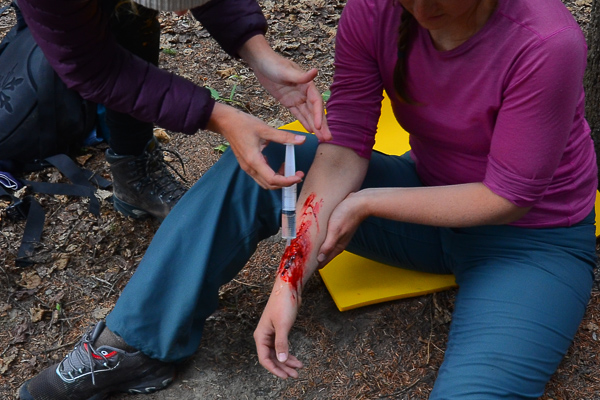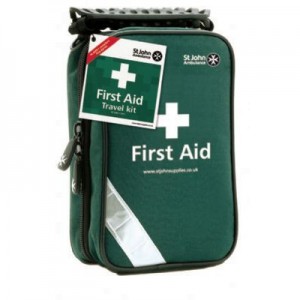
How To handle a Emergency Situation in 5 tips
![pune_ambulance_india]() 1 – Determine if you can do anything to help
1 – Determine if you can do anything to help
The most important thing you can do is to remain calm, and stay in control of the situation. Sometimes there is nothing that you can do, and that’s fine. Don’t be worried about admitting that there’s nothing you can do to help
- If there are others on the scene who may be upset or fearful, reassure them. Employ them in going to get help.
- It’s better to remain with someone in a supportive way than to do an action that may result in additional damage. If you’re not sure what to do, simply stay with the person.
2 – Take time to think before acting. Being in an emergency situation can result in panicked thinking and actions. Instead of reacting to a situation, take time to calm down. Breathe deeply before you take any action
- Things change suddenly in emergency situations. Don’t panic if things suddenly go in a different direction than you’d expected.
- Take time to pause whenever you’re overwhelmed, panicky or confused. If you need to stop in the middle of taking an action to calm down, that’s okay.
 3 – Get the first aid kit. A first aid kit should have constructive tools for taking care of many medical emergencies. Any first aid kit should contain bandages, gauze, adhesive tape, disinfectant, and other useful items.
3 – Get the first aid kit. A first aid kit should have constructive tools for taking care of many medical emergencies. Any first aid kit should contain bandages, gauze, adhesive tape, disinfectant, and other useful items.
- If you can’t retrieve the first aid kit, consider what other items in your immediate vicinity might be good substitutes.
- You should keep a first aid kit at your home, and your workplace is required by law to maintain a first aid kit.
- A good first aid kit should also have a “space blanket” which is a light-weight piece of special material meant to conserve body heat.
4 – Ask basic questions of the injured person. It’s important to discern the mental state of the victim in order to better understand the person’s injuries. If the person appears confused by the question, or provides the wrong answer, this may suggest additional injuries. If you’re not sure if the victim is unconscious, touch their shoulder. Shout or ask loudly, “Are you okay?”[11]
- Questions you should ask include: What is your name? What is the date? How old are you?
- Once you’ve determined the basic mental status of the person, check with them about any medical complications. Ask them if they have a medical alert bracelet or another medical ID. #Avoid moving an injured person. If someone has a neck injury, moving him could result in injuring the spine. Always call emergency services if someone has an neck injury and is unable to move himself.[12]
- If the person can’t walk because of leg or foot injuries, you can help move them by holding them at the shoulders.
- If the person is afraid to leave a dangerous situation, respond with reassurance.
 5 – Use the telephone only to ask for help. Your full attention should be on the present situation, and talking on the phone is distracting. In addition, if you are on an older model telephone, the emergency dispatcher may be trying to reach you. Stay off the phone unless you’re calling to ask for help.[13]
5 – Use the telephone only to ask for help. Your full attention should be on the present situation, and talking on the phone is distracting. In addition, if you are on an older model telephone, the emergency dispatcher may be trying to reach you. Stay off the phone unless you’re calling to ask for help.[13]
- If you’re not sure if you’re in a true emergency, call emergency services and the dispatcher can help you figure out if emergency officials should be sent.
- Don’t try to document the emergency unless you are sure you are out of danger. Taking “selfies” or posting about your situation on social media in ongoing emergency situations may result in additional injury
Author is Mr Tarun Kumar Tiwari
Owner of Metrax Life Sciences – a company handling emergency situations in India



